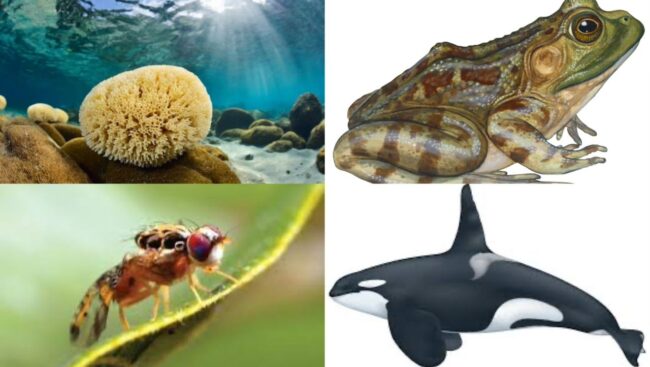Do you know that despite ‘sleep’ being a crucial process for every human being, some animals don’t sleep? Their lives do not depend on it. They either rest or remain active to retain energy and protect their environment. Here are animals that don’t sleep:
1. Bullfrog
Bullfrogs are carnivorous animals common in North America. They eat anything that appeals to them, such as fish, birds, insects, and so on. They don’t have a sleep-wake cycle but rather are inactive—this could be during the day or at night. Another attribute of bullfrogs is their loud calls, which they use to defend themselves and attract mates.

2. Tilapia
Tilapia are regarded as freshwater fish that can survive different temperatures. They don’t sleep but have a small organ called the pineal gland that produces melatonin that regulates sleep. Depending on light and temperature at a particular time, tilapia rest or become inactive. In addition, they change their colour to avoid predators and suit their current environment. Tilapia are mostly found in Africa and the Middle East.
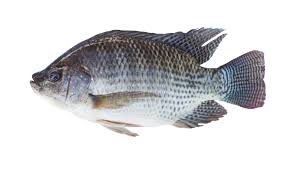
3. Sea Urchin
Sea Urchin are marine animals related to sea cucumbers and starfish. They dwell in deep oceans and feed on organic matter, coral, algae, and sponges. Sea urchins don’t have a brain or eyes, and neither do they sleep. They have small appendages that enable them to walk and sense their environment. In order to protect themselves from danger, they change colours and shapes.
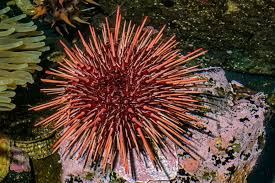
4. Dolphin
Dolphins belong to the scientific family called “Delphinidae.” They are always alert as a predator and prey. Also, they are very intelligent and social; a mechanism in them called unihemispheric sleep allows half of their brain to sleep and the other to remain awake. Due to these, they can keep moving inside water, close one eye with the other one open, and still be protective of their surroundings.

5. Fruit Fly
Fruit flies are animals that don’t sleep and have a short lifespan. They align with the circadian rhythm in regulating their daily activities. Fruit flies either don’t sleep at all or rest a little. Their sleeping pattern has nothing to do with their lifespan.
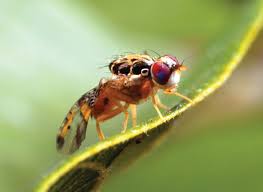
Read Also: 5 animals that reproduce without mating
6. Orca
Orcas are the largest members of the dolphin family. They are very cooperative in nature. At an early stage of their lives, orcas regulate their body temperature through sleeplessness and follow each other by making sounds, hunting, and interacting.

7. Bluefish
Bluefish are aggressive in nature. They have the ability to consume as many other fish as they want. Bluefish do not sleep at all; their movement is responsible for hunting and breathing. They have an organ called a lateral line for detecting prey locations and avoiding predators.
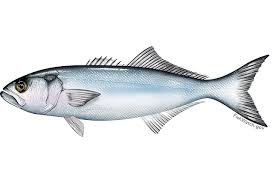
8. Upside-down jellyfish
Upside-down jellyfish get nutrients and oxygen from their posture because they expose them to sunlight, while their upward position makes them catch small organisms. They don’t have a nervous system and brain hence, they rely on nerve cells that help them respond and move.
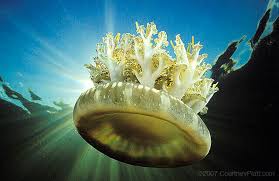
9. Sea sponge
Sea sponges don’t have a brain, organs, or nervous system. They rely on cells for digestion, defense, and reproduction. In addition, sponges have the power to heal themselves when injured. You can’t find them moving; they would rather stay on rocks, coral, or other surfaces.

10. Alpine swift

Alpine swift birds are common in Asia, Africa and Europe. They are known for their speed and can be up in the sky for months without landing. It is during this period they mate, eat, and barely sleep. When flying, their metabolic rate and body temperature get retrenched to navigate hurdles and save energy.
WATCH TOP VIDEOS FROM NIGERIAN TRIBUNE TV
- Let’s Talk About SELF-AWARENESS
- Is Your Confidence Mistaken for Pride? Let’s talk about it
- Is Etiquette About Perfection…Or Just Not Being Rude?
- Top Psychologist Reveal 3 Signs You’re Struggling With Imposter Syndrome
- Do You Pick Up Work-Related Calls at Midnight or Never? Let’s Talk About Boundaries

